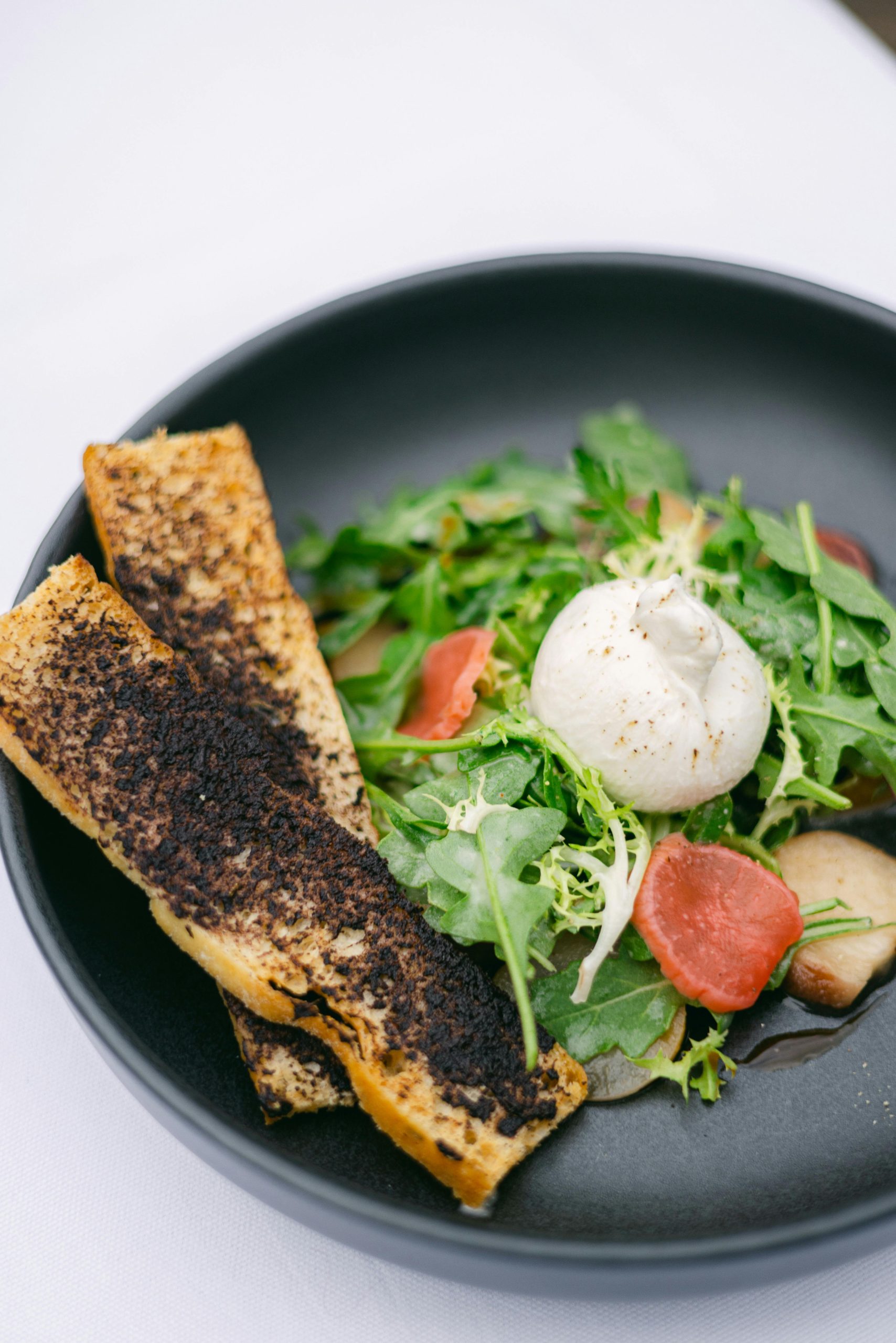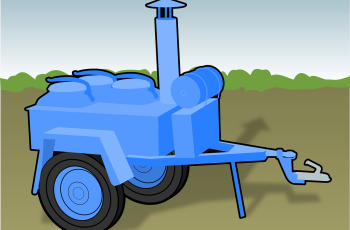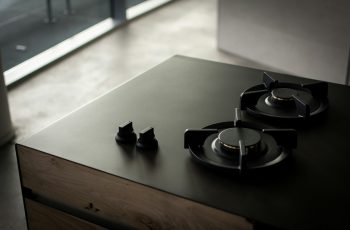Ad Blocker Detected
Our website is made possible by displaying online advertisements to our visitors. Please consider supporting us by disabling your ad blocker.
In this article, you will discover essential tips and tricks for safely storing and reheating your delicious slow cooker meals. We all love the convenience and mouth-watering flavors that come with slow cooker cooking, but it’s important to ensure that we handle and store our leftovers correctly. Whether you’re a seasoned slow cooker enthusiast or a beginner, you’ll find practical advice on refrigeration, freezing, and reheating methods that will keep your meals both safe and enjoyable to eat. So, let’s dive in and learn how to properly store and reheat your slow cooker creations!
Storing Slow Cooker Meals
Slow cooker meals are a convenient and delicious way to prepare meals ahead of time. Whether you’re a busy parent or a working professional, having a stash of ready-to-eat meals in the refrigerator or freezer can save you time and effort. However, it’s important to store these meals properly to ensure their safety and maintain their flavor. In this article, we will guide you through the process of storing slow cooker meals step by step, from cooling the meal properly to choosing the right storage containers, labeling and dating them, and finally storing them in the refrigerator or freezer.
Cooling the Meal
Once your slow cooker meal is finished cooking, it’s crucial to cool it properly before storing it. Cooling the meal down rapidly helps prevent bacteria growth and maintains the quality of the food.
-
Allow the meal to cool slightly: Before transferring the food to storage containers, let it cool down for about 20 minutes. This will make the meal easier to handle.
-
Transfer to shallow containers: Instead of storing the entire slow cooker insert or a large pot in the refrigerator, divide the meal into smaller, shallow containers. This allows the food to cool faster and reduces the risk of bacteria growth.
-
Place containers in an ice bath: To further expedite the cooling process, you can place the containers in a larger container filled with ice water. Stirring occasionally can help cool the food faster.

Dividing and Portioning
When it comes to storing slow cooker meals, dividing and portioning them properly ensures that you have individual servings ready to grab and go. Consider these steps to make dividing and portioning a breeze.
-
Separate into individual servings: Divide the meal into individual portions based on your needs. This not only makes it easier to store but also allows for better portion control.
-
Consider family-size or single portions: Depending on your household size and preferences, you can divide the meal into either family-size portions or single servings. Family-size portions are great for sharing, while single servings are convenient for quick meals.
-
Use appropriate portion sizes: When portioning the meals, consider using proper portion sizes to maintain a balanced diet. This will help you avoid overeating and ensure that you have the right amount of nutrients in each serving.
-
Ensure even distribution: When dividing the meal, make sure each container has an equal amount of protein, carbohydrates, and vegetables. This ensures that every serving is well-balanced.
-
Consider meal rotation: If you’re planning to store multiple slow cooker meals, consider rotating through them to avoid food boredom. This allows you to enjoy a variety of meals throughout the week.
Choosing Storage Containers
Selecting the right storage containers is essential to keep your slow cooker meals fresh and safe. Here are a few factors to consider when choosing storage containers:
-
Use airtight and leak-proof containers: Opt for containers that have a secure and airtight lid to prevent air and moisture from entering. Leaky containers can lead to freezer burn or spoilage.
-
Select containers of the right size: Choose containers that are appropriate for the portion size and the amount of food you plan to store. This ensures that the food fits properly, minimizing air exposure.
-
Glass, plastic, or stainless steel? When it comes to choosing materials for storage containers, glass, plastic, and stainless steel are common options. Each has its pros and cons. Glass is durable and doesn’t hold odors, while plastic is lightweight and shatterproof. Stainless steel containers are great for durability but may not be microwave-safe.
-
Avoid using containers with BPA or harmful chemicals: Check the labels of plastic containers to ensure they are BPA-free and safe for microwave use. Avoid containers that may contain harmful chemicals that can leach into your food.

Labeling and Dating
Properly labeling and dating your slow cooker meal containers is crucial for keeping your meals organized and ensuring their freshness. Follow these guidelines for effective labeling:
-
Clearly label the containers: Use a permanent marker or labels to clearly identify the contents of each container. This will help you quickly identify what’s inside without having to open them.
-
Include the name of the meal: Write the name of the meal on the label or container. This is particularly helpful when you have multiple meals stored.
-
Write the date of preparation: Indicate the date you prepared the meal. This will help you keep track of how long the food has been stored and determine its freshness.
-
Add any special instructions or notes: If there are specific instructions for reheating or any additional notes, such as dietary restrictions or ingredients to be added later, include them on the label.
Storing in the Refrigerator
When storing slow cooker meals in the refrigerator, it’s important to follow these guidelines to maintain the quality and safety of your food:
-
Place containers in the refrigerator promptly: As soon as the meal has cooled down, transfer the containers to the refrigerator to minimize the time the food spends at room temperature.
-
Store in the coldest part of the fridge: Place the containers in the coldest part of the refrigerator, typically the back or bottom shelf. This ensures that the food stays at a consistent and safe temperature.
-
Keep away from raw meats or high-risk items: To avoid cross-contamination, store your slow cooker meals away from raw meats and any other high-risk items, such as raw eggs or seafood.
-
Consume within 3-4 days: For optimal freshness and safety, consume your refrigerator-stored meals within 3-4 days. After this time, the quality and taste of the food may begin to deteriorate.

Storing in the Freezer
Freezing slow cooker meals allows you to store them for a longer period until you’re ready to enjoy them. Follow these steps to ensure proper freezing and maintain the best quality:
-
Use freezer-safe containers: Make sure the containers are specifically designed for freezer storage to prevent freezer burn and maintain the taste and texture of the food.
-
Ensure proper sealing to prevent freezer burn: Ensure that the containers are tightly sealed to prevent air exposure, which can cause freezer burn and affect the quality of the food.
-
Leave enough headspace for expansion: Slow cooker meals contain liquids that may expand when frozen. Leave some headspace in the containers to allow for expansion without causing the containers to burst.
-
Use within 2-3 months for best quality: While frozen slow cooker meals can last for a longer period, it’s best to consume them within 2-3 months for optimal taste and texture.
Reheating Slow Cooker Meals
When it’s time to enjoy your stored slow cooker meals, proper reheating is essential for both taste and safety. Here are a few methods to reheat your meals:
-
Thaw meals before reheating: If your meals are stored in the freezer, thaw them in the refrigerator overnight before reheating. This ensures even reheating and reduces the risk of bacterial growth.
-
Reheat in the oven or stovetop: For larger portions or meals that require even heating, use the oven or stovetop. This allows for thorough reheating and helps retain the texture of the food.
-
Use a microwave for convenience: Microwave reheating is quick and convenient, especially for single servings. Make sure to stir or rotate the food to ensure even heating.
-
Ensure thorough reheating: Regardless of the method you choose, make sure your slow cooker meals are heated thoroughly until they reach the desired internal temperature of at least 165°F (74°C).
-
Avoid multiple reheating cycles: To maintain the quality and prevent foodborne illnesses, avoid reheating slow cooker meals multiple times. Reheat only the amount you plan to consume.
Thawing Frozen Meals
If you have frozen slow cooker meals and need to thaw them safely, here are a few methods to consider:
-
Thaw in the refrigerator: The safest method is to thaw your frozen meals in the refrigerator. This allows for slow and even thawing, minimizing the risk of bacterial growth.
-
Use the defrost function in the microwave: If you need to thaw your meals quickly, you can use the defrost function on your microwave. Follow the manufacturer’s instructions for the best results.
-
Submerge in cold water for quicker thawing: If you’re short on time, you can place the frozen container in a tightly sealed plastic bag and submerge it in cold water. Change the water every 30 minutes until the meal is fully thawed.
-
Never thaw on the countertop: It’s crucial to avoid thawing your frozen meals on the countertop as it can promote bacterial growth and compromise the safety of the food.
Reheating in the Oven
Reheating slow cooker meals in the oven is a great option for larger portions or meals that require even heating. Follow these steps for effective reheating:
-
Preheat the oven: Preheat your oven to the desired temperature based on the type of meal you’re reheating. Typically, a temperature of 350°F (175°C) works well for most slow cooker meals.
-
Transfer the meal to an oven-safe dish: Transfer the desired portion of your slow cooker meal to an oven-safe dish. Place a lid or cover it with aluminum foil to prevent the food from drying out.
-
Cover to prevent drying out: Adding a lid or covering the dish with foil helps retain moisture and prevents the food from drying out during reheating.
-
Heat at a low temperature for even reheating: Place the dish in the preheated oven and heat the meal at a low temperature for even reheating. The cooking time will vary based on the portion size and your oven, so keep an eye on it.
By following these steps, you can safely store and reheat your slow cooker meals, ensuring that they taste delicious every time. Embrace the convenience of slow cooker meals and enjoy the benefits of having wholesome and homemade food at your fingertips. Happy cooking and storing!

